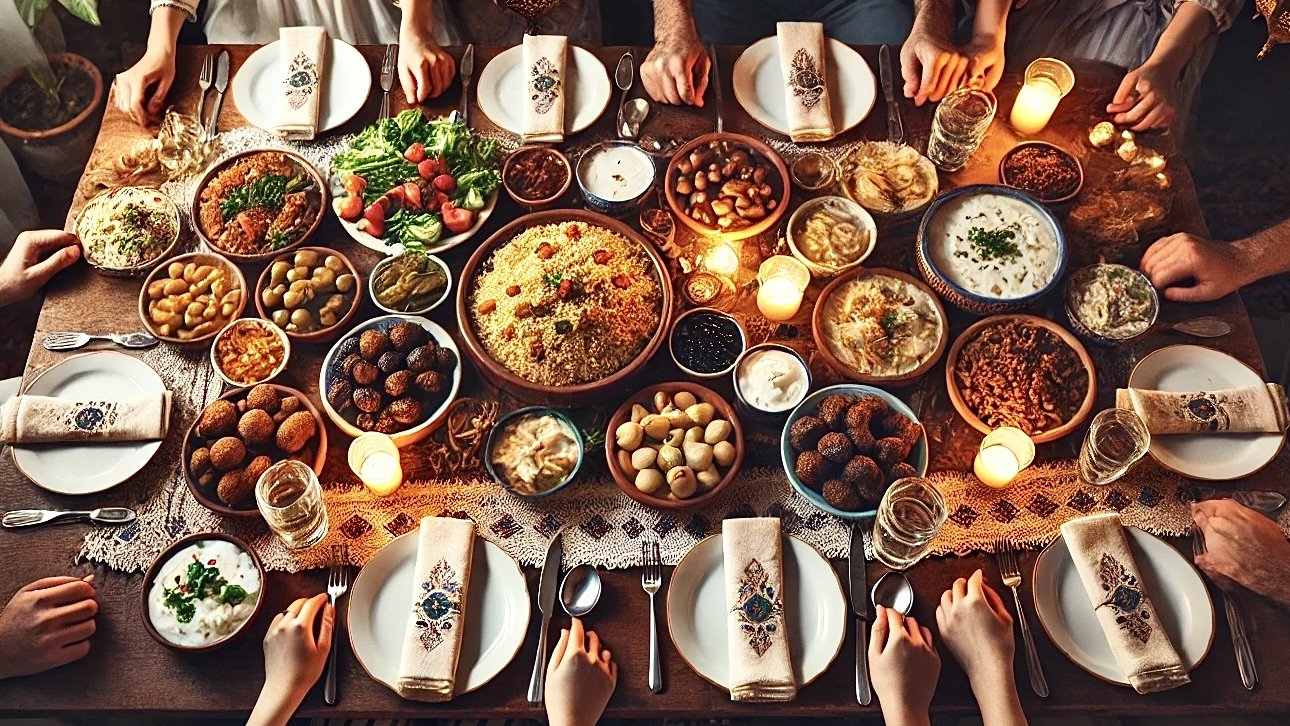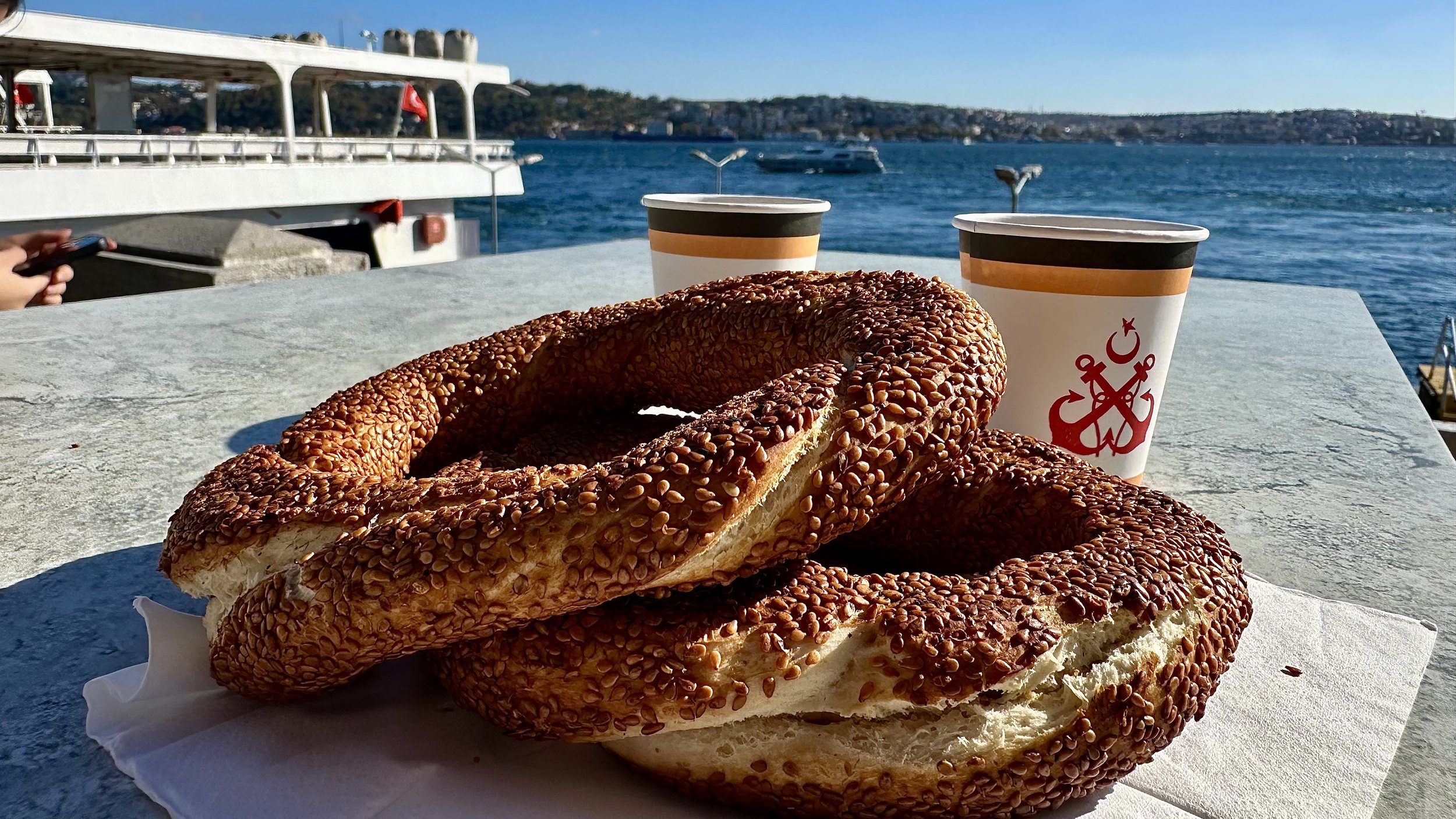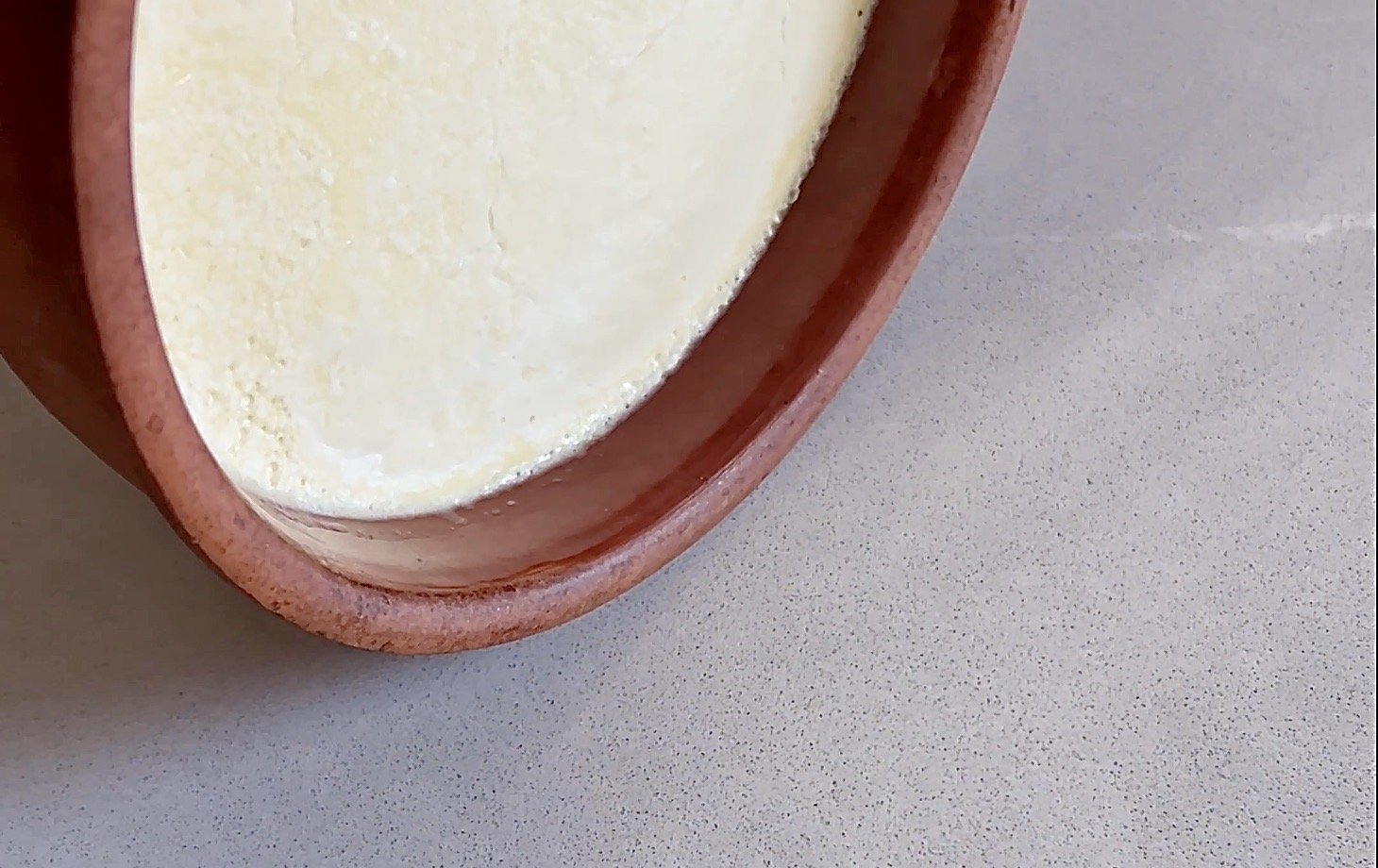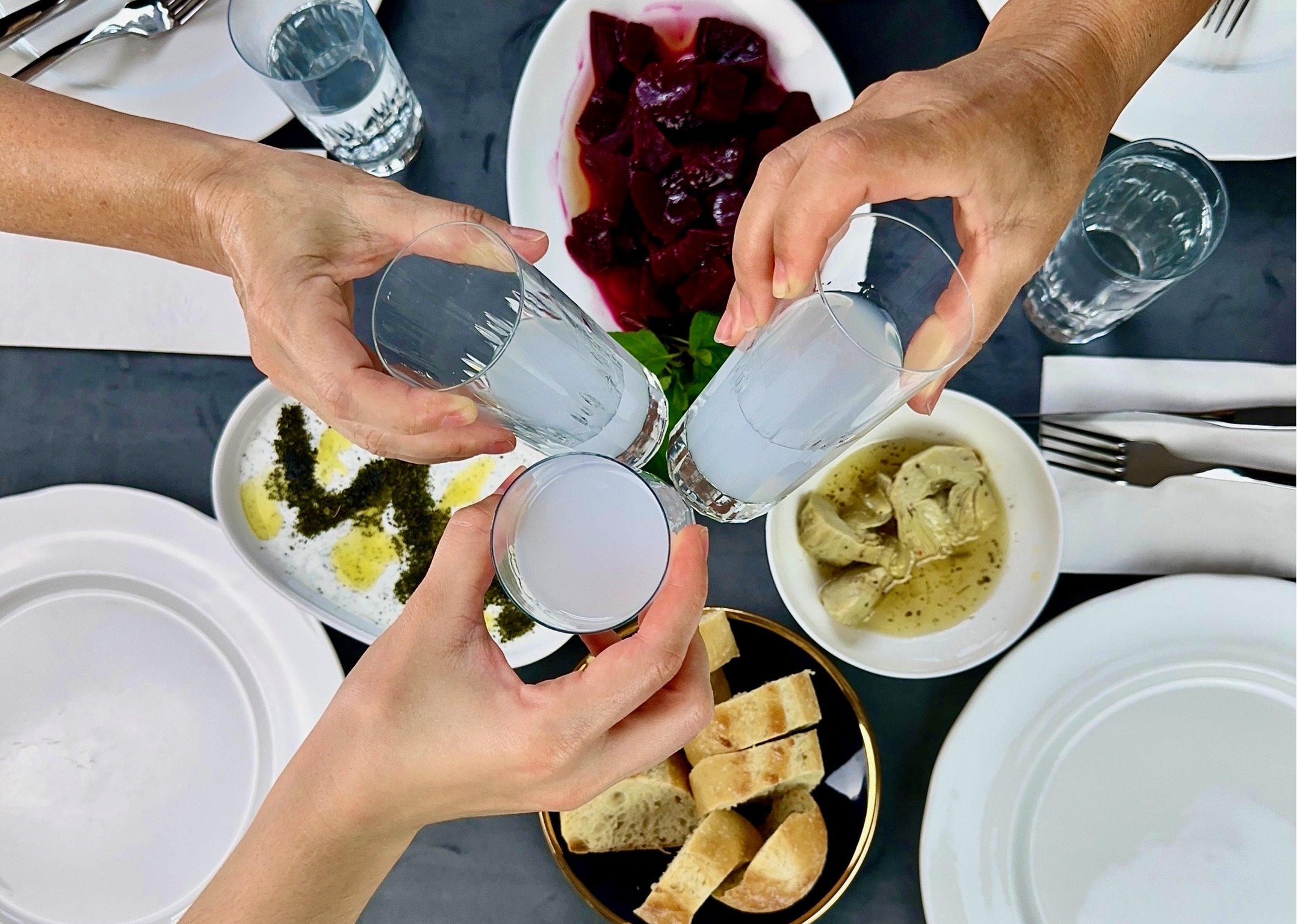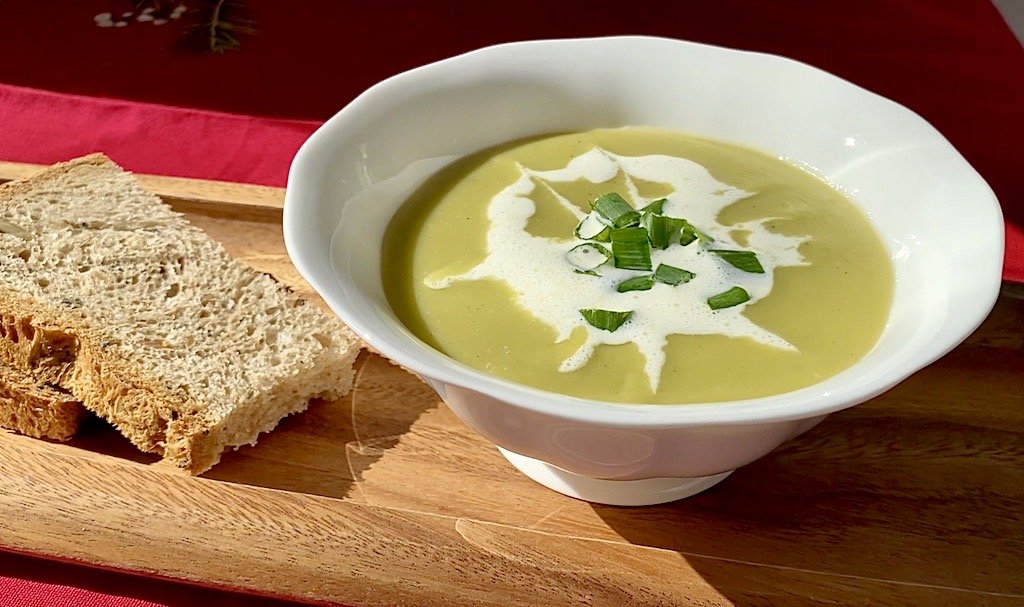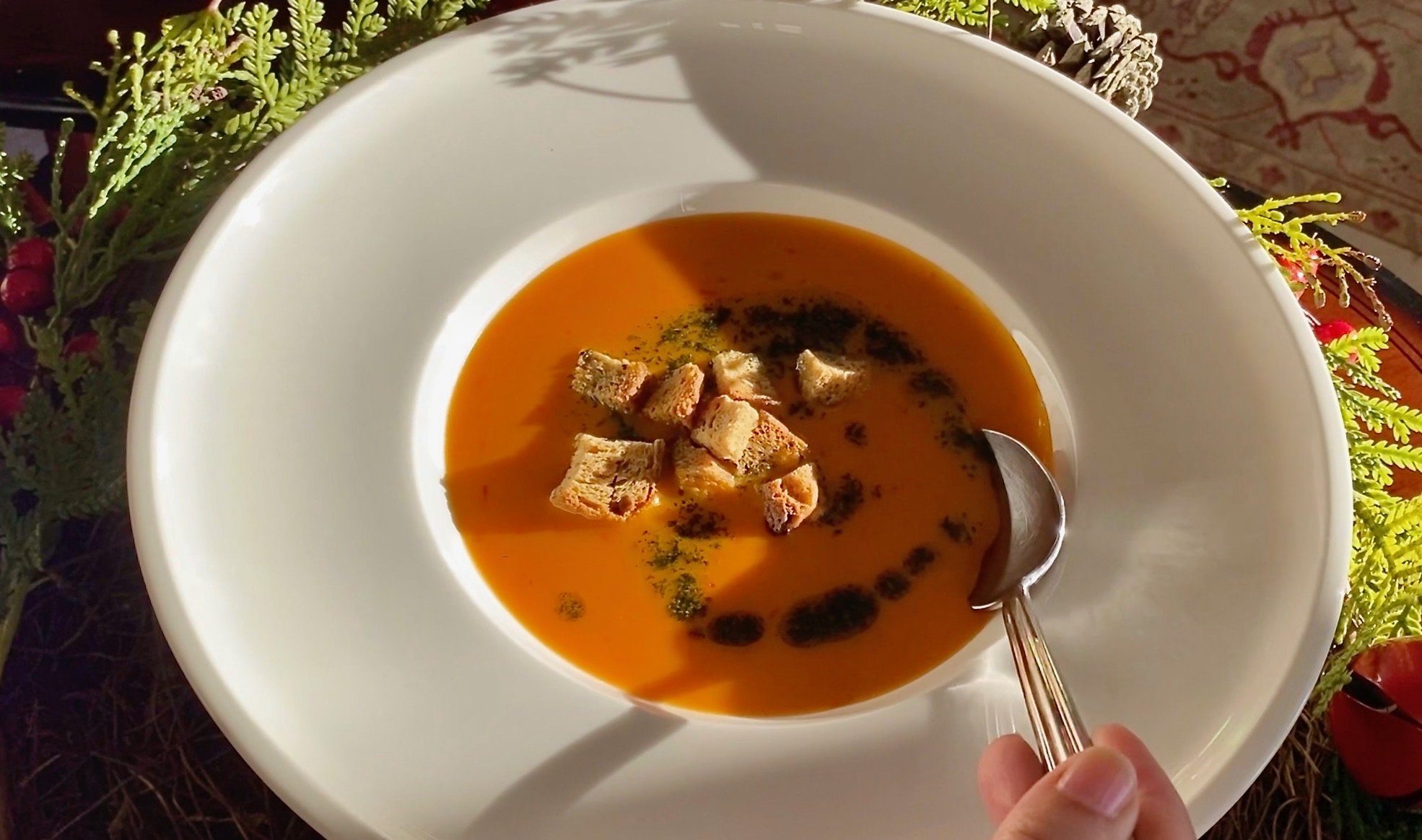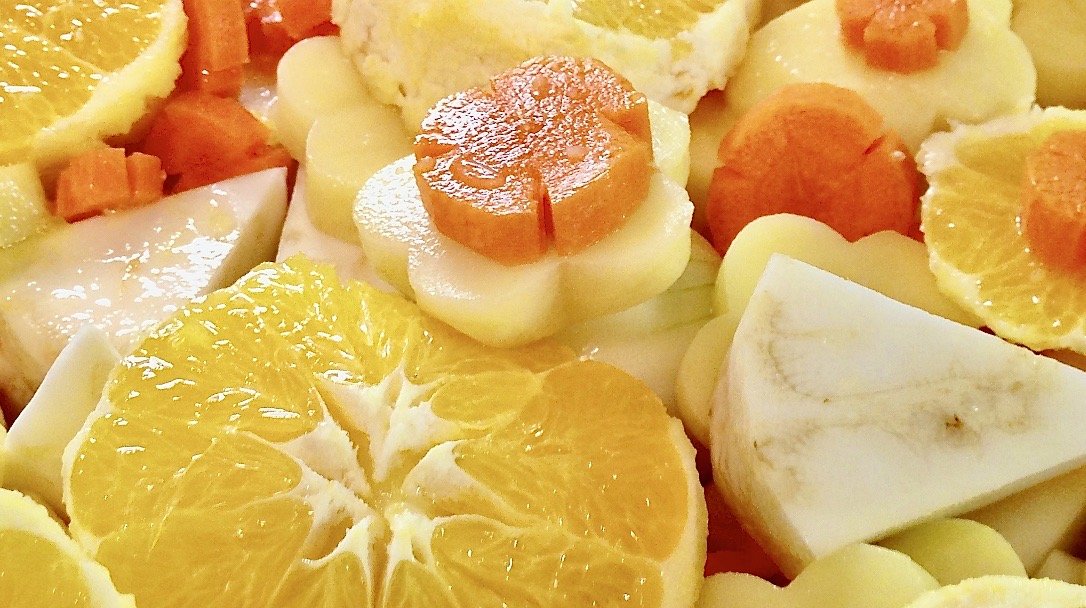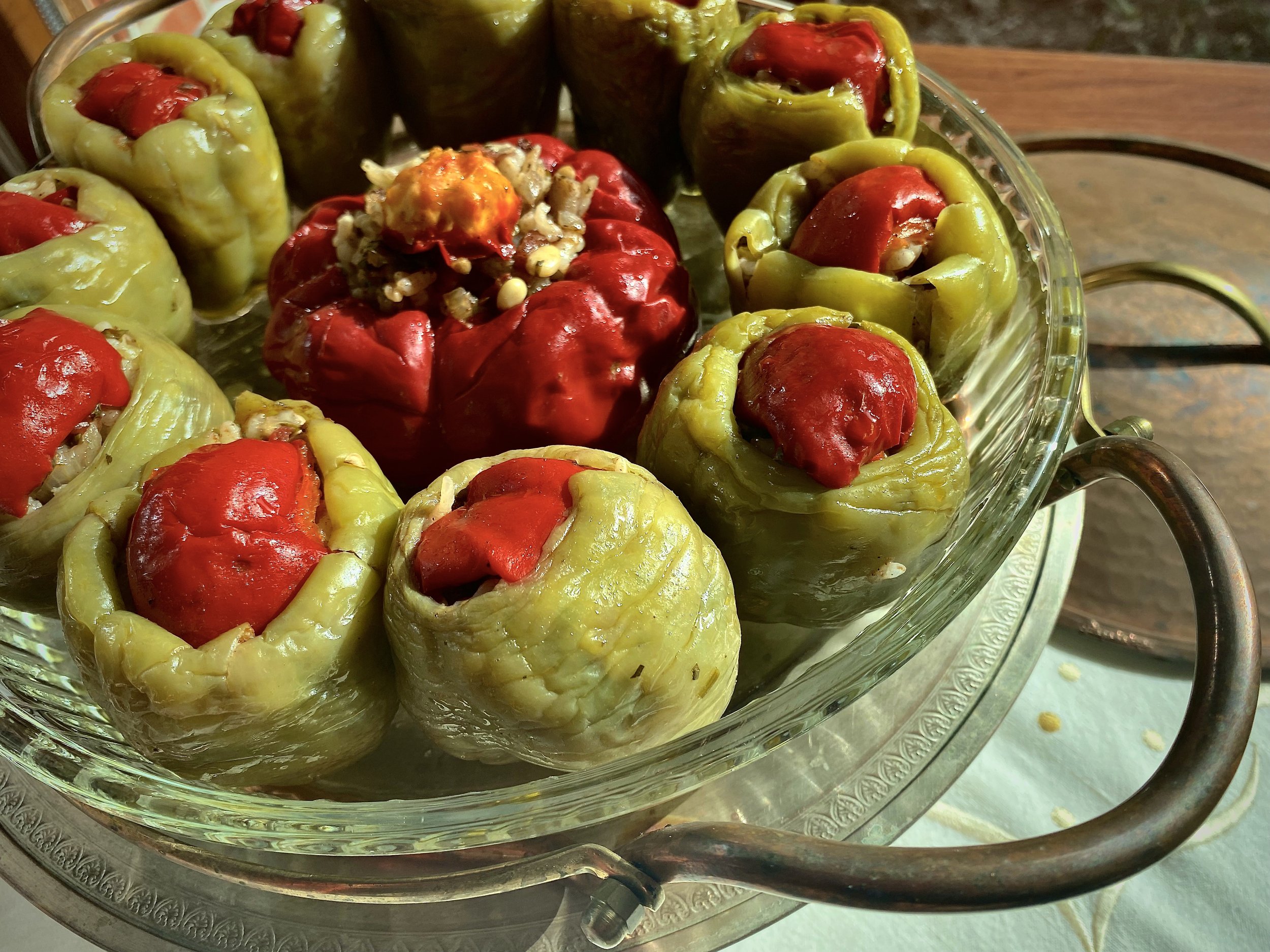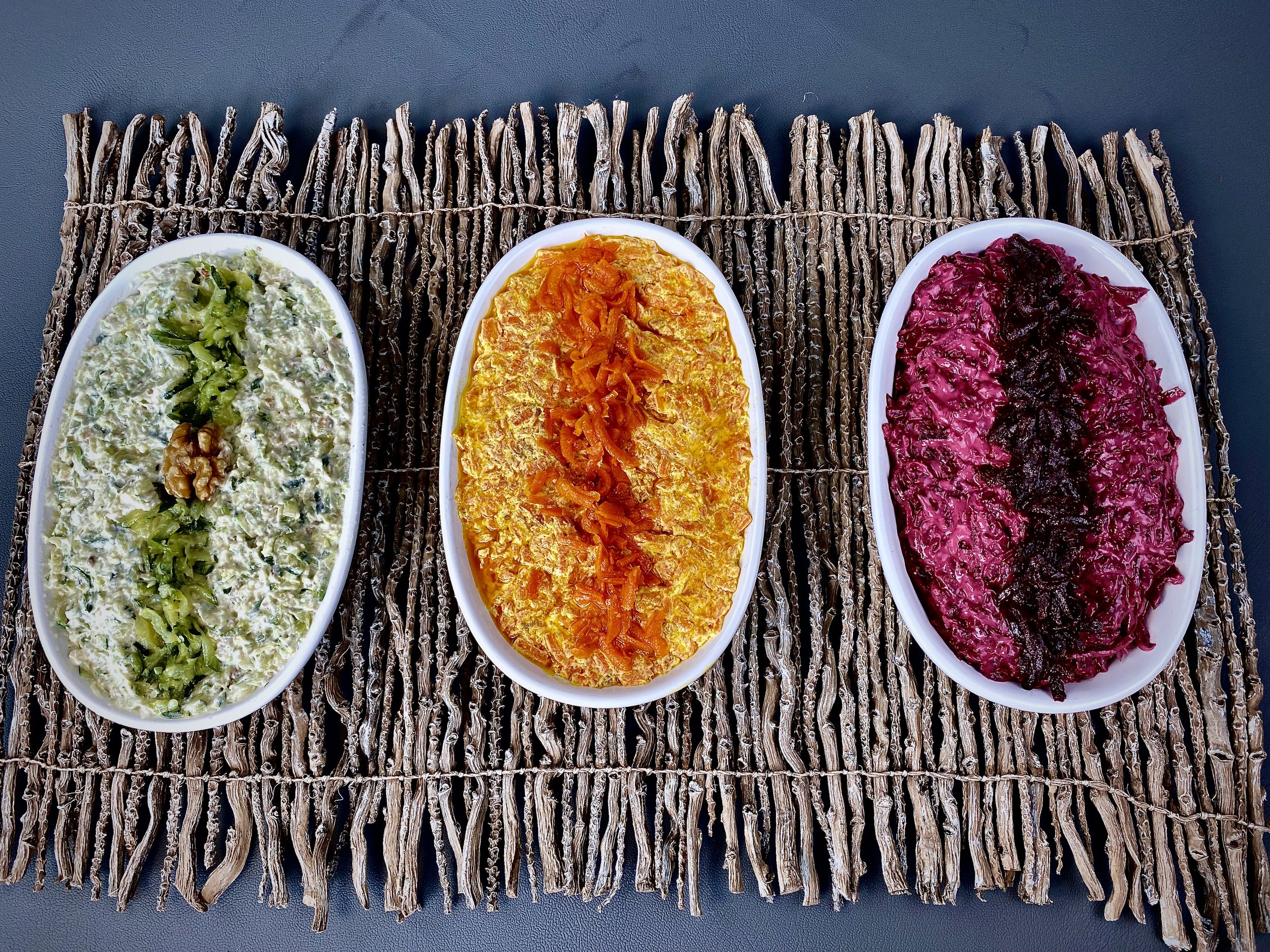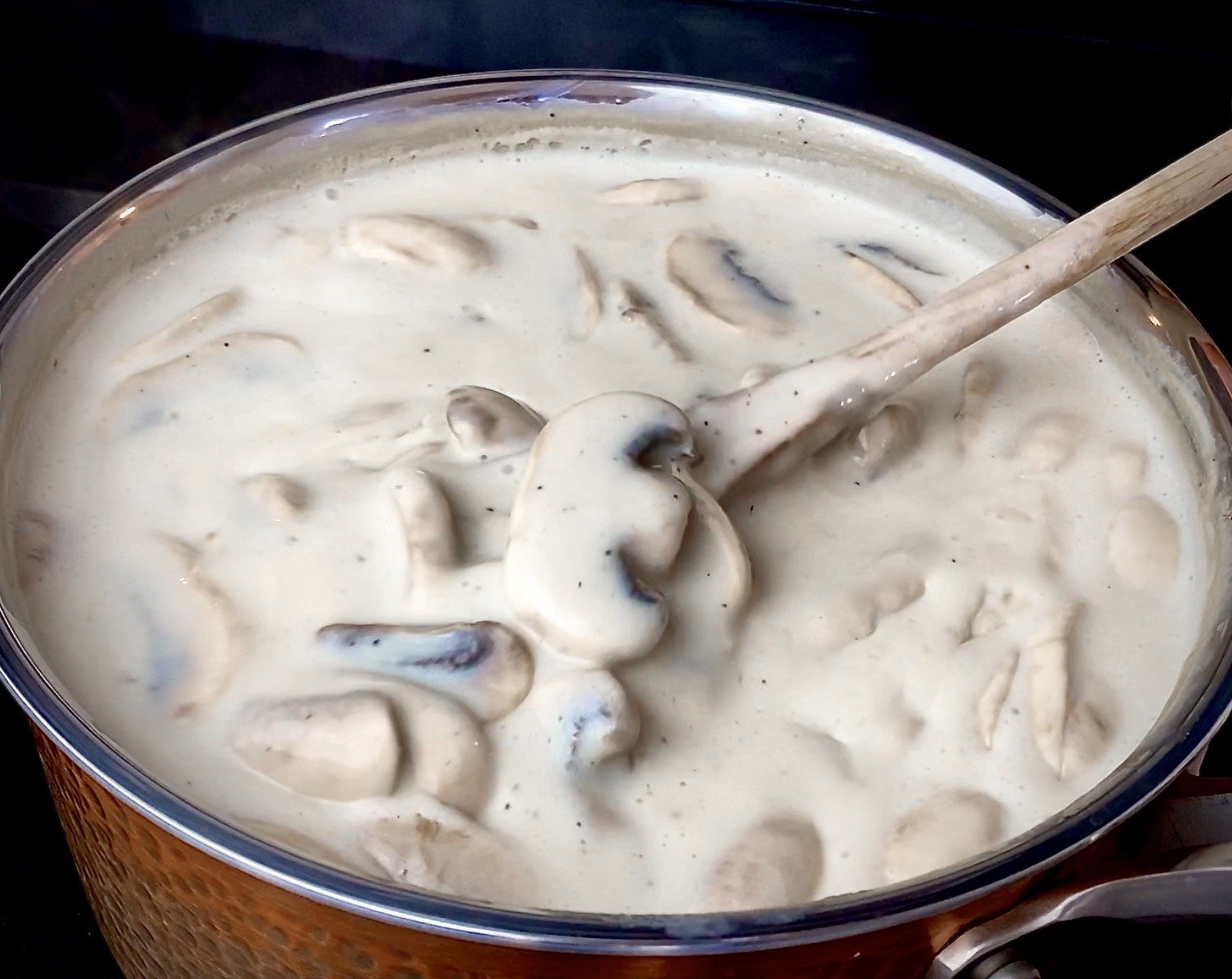Anatolia’s Real Treasures: How Turkey’s Geography Shapes Its Cuisine(s)
Did you know Turkey has seven different climate zones, each with their own cuisine?
Turkey (or, Anatolia) boasts a compact yet diverse geography where snow-capped mountains, subtropical rainforests, sun-soaked coasts, and desert plains coexist within an area that’s about 10X smaller than the U.S. This incredible geographic and climatic diversity forms the backbone of its vibrant cuisine, shaping the ingredients, techniques, and traditions that have defined its culinary identity for thousands of years.
From the chilly spring fogs of the Bosphorus in Marmara to the blazing heat of Southeastern Anatolia in Mesopotamia, every region tells its own stories of resilience and creativity through food and culture. Growing up in Istanbul, I learned about Turkey’s different geographic regions in school, heard about them in the news, and listened to my grandparents recounting stories of their childhoods spent in climates as extreme as deserts and as lush as rainforests. Traveling these regions as an adult, I witnessed their unique personalities firsthand, both as a local and a guest in my own home.
While the nomadic lifestyle is largely a thing of the past, Turkish people still tend to relocate every couple of generations, carrying their sense of home with them wherever they go. For centuries, this dynamic of frequent migration—and being a hub for the Silk Roads—has blurred borders until the ancient maternal belief systems of Anatolia gave birth to a unifying sense of belonging to these lands. Over time, sharing knowledge has become so natural that—petty politics aside—climate and geography have remained the only true dividing forces between these cultures, each complete within itself, yet a necessary part of a greater whole.
How Climate Shapes Cuisine
To truly appreciate Turkey’s culinary diversity, you have to understand its geography, which houses seven different climate zones, each contributing something unique to the table:
Central Anatolia: Known as the breadbasket of Turkey, Central Anatolia's dry summers and freezing winters are ideal for wheat production and pastoralism. The region is famous for its sweet and fragrant apples, plums, cherries, and roses. Grains and legumes are fundamental to every meal, with dishes like Mantı, Köfte, and Pide showcasing the region's bounty. Dairy products, including yogurt and cheese, are also staples.
Southeastern Anatolia: This region's searing summers and cool nights reflect its spice-heavy, resourceful dishes. Limited water for agriculture has led to the use of drought-resistant plants and preservation techniques. Mezes featuring sour yogurt, legumes, and various spices accompany meat and grain-based soups. Pistachios, hot peppers, baklava, and kebabs are internationally renowned, though everyday meals often include stuffed dried fruits and vegetables, fresh salads, and yogurt-based dishes.
Eastern Anatolia: Elevated high above sea level, Eastern Anatolia's cold climate shapes its cuisine. Red meat, often stewed or cured, and aged cheeses are staples. The region is also known for its dark honey, Karakovan balı.
Black Sea: With year-round rainfall and lush greenery, this region's cuisine is rich in hazelnuts, dark leafy greens, wild herbs, anchovies, and black tea. Corn has become a staple, and unusual flavor combinations like Laz Böreği and Hamsili Baklava are popular.
Marmara: This region's mild climate and diverse geography provide an abundance of seafood, fruits, and vegetables. Marmara's cuisine features slow-simmered vegetable dishes, red meat with dried fruits, and a variety of stuffed pastries and desserts.
Aegean & Mediterranean: The warm, breezy coasts of these regions are characterized by citrus, figs, grape vines, and olive groves. Light mezes, white cheese, seafood, and olive oil dominate Aegean cuisine, while the eastern Mediterranean menu includes spicier dishes with hot red peppers and protein-rich cheeses.
The Fusion of Traditions: A Culinary Meeting of Contrasts
Long before Turks arrived in Anatolia, the land’s cuisines had already evolved, perfectly tailored to its diverse climates. Turks intertwined their practical ingenuity acquired through their unique nomadic lifestyle with Anatolia’s settled local cuisines, creating diverse and resourceful food systems. Today, Turkish cuisine thrives on this adaptability, with more than 13 cultural groups contributing to a shared culinary legacy. From the Aegean’s light olive oil dishes to the spicy meats and dried fruits of Southeastern Anatolia, the result is a cuisine as curious, wise, and diverse as the people who nurture it.



